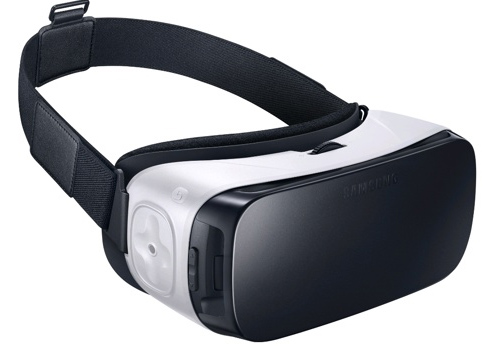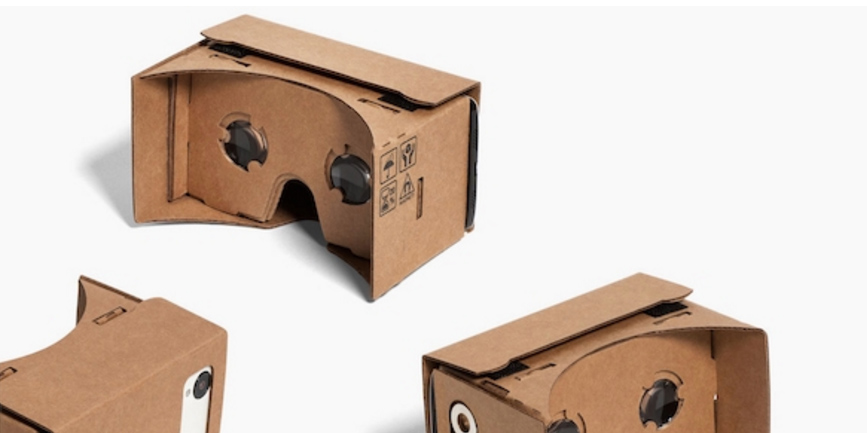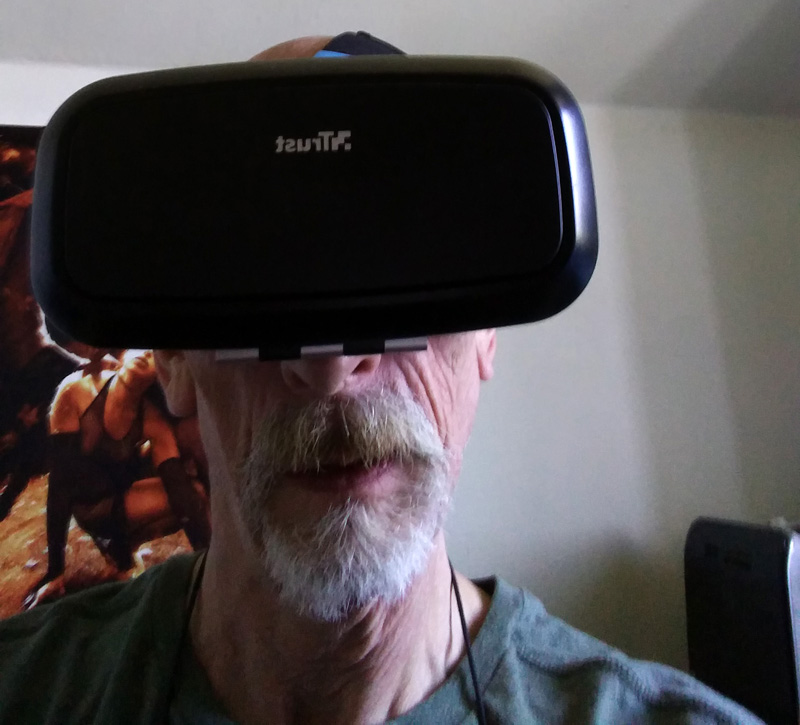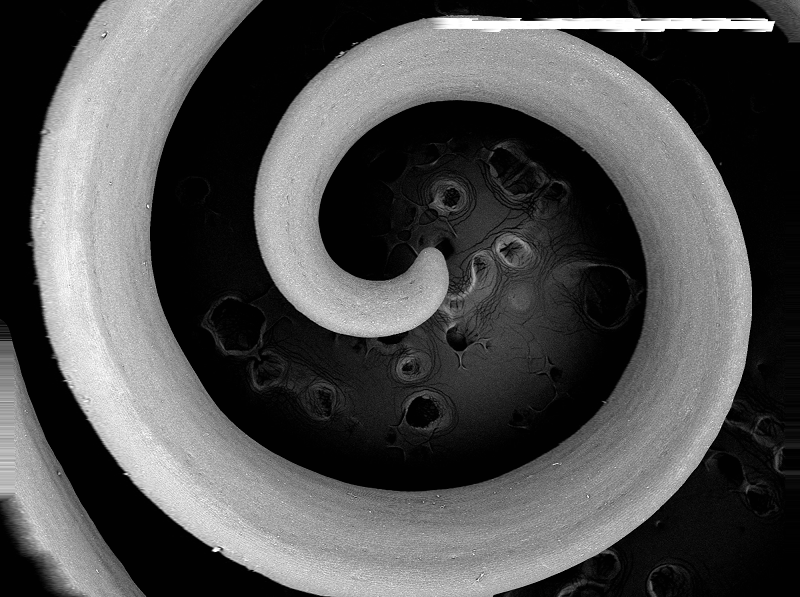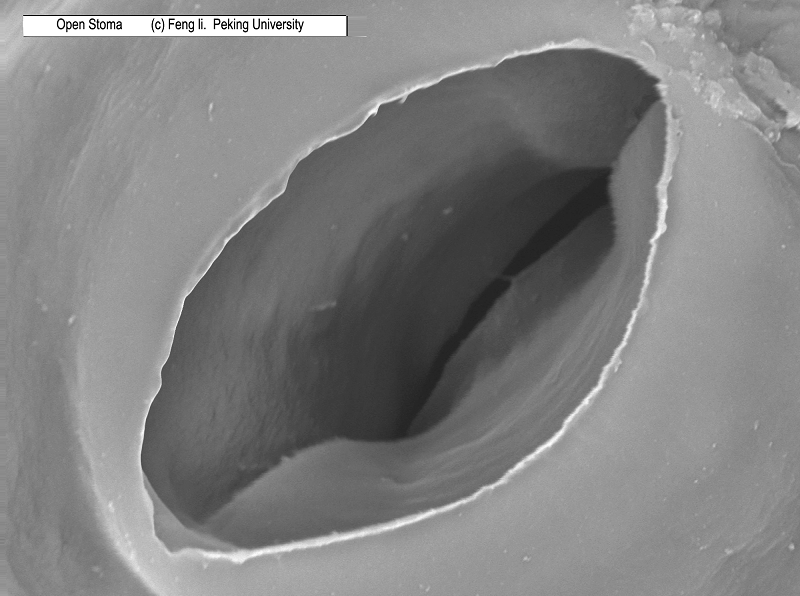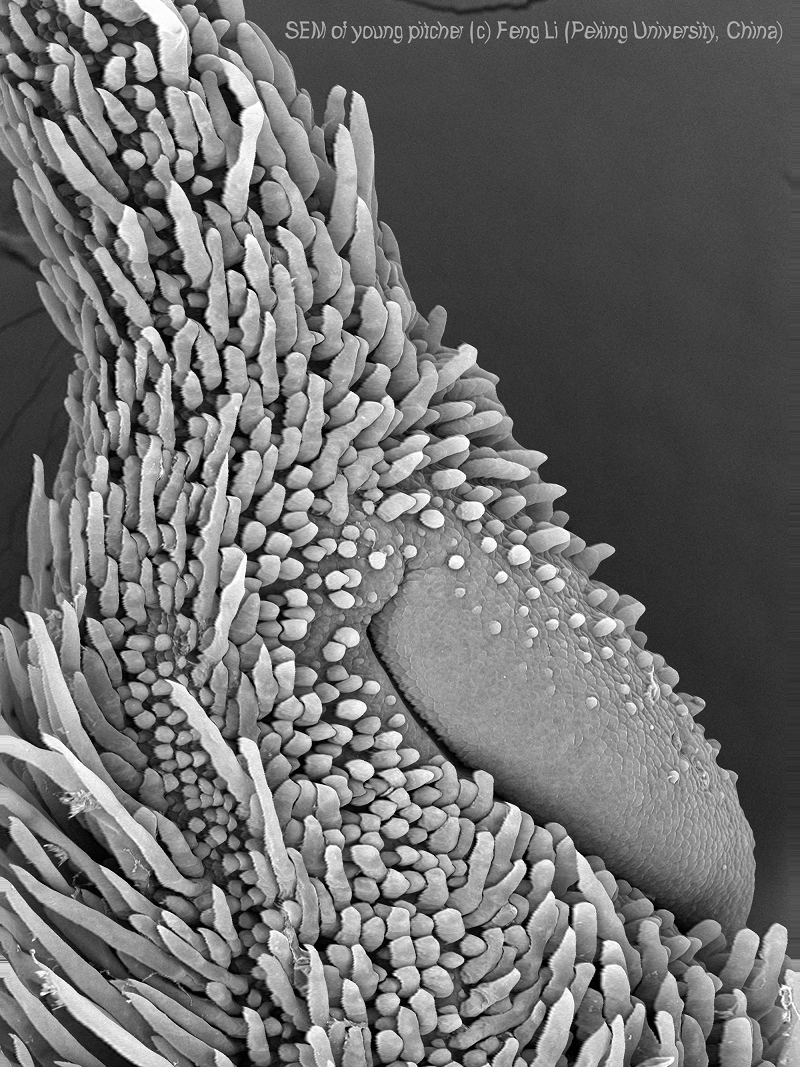|
|
As technology continues to probe how to fascinate young people with mobile phone technology, partly - I believe - to entrap them into becoming marketing objects, I keep my eye on what is going on. I look for ideas which might benefit the study of our world at the small scale.
The latest 'flavour' of this period is VR headsets and virtual reality which offer user experiences of 3D, or 360 degree movies and images. The technology is also being used to overlay real world visual experience with digital content.
I must confess here that 3D has always fascinated me since a boy, as it will have done most people. I also make movies and I constantly look at the changing ways of delivering novel experiences through this medium. But before I go further, an explanation of the technology might be helpful.
So, this is the type of thing I'm talking about:
|
|
If you are a senior kind of person, you might scoff at this device. If you are a youngster, it offers promise of entering a virtual world and leaving this one ... for a while. |
|
And never to miss a trick, Google has come up with a £15.00 option called Google Cardboard. |
Various 'Apps' (software for smart phones) can be downloaded to introduce a way of navigating what you see in the eye-set (headset?) to explore 3D generated worlds, or 3D generated experiences or a virtual non-3D experience like being wheeled through a mental hospital (a fictional movie) or riding a roller coaster. My interest lies not with any of that and thus none of these Apps are required. |
|
We received some fantastic images from a biology teacher and science writer in Beijing China, taken with a SEM (Scanning Electron Microscope) [ See article ]. I converted these and other images on our site for use with the
VR glasses. They will work on Google Cardboard too. The images are all copyright of
their creators. |
|
|
|
|
|
Above: Cucumber Tendril |
|
|
|
|
|
Above: Open Stoma |
|
|
|
|
|
Above: Pumpkin Tendril |
|
|
|
|
|
Above: Young Pitcher |
|
|
So, what we need now is a 360 degree camera small enough to put into a pond life water sample on a slide, or a clever 3D modeller to create a CGI 360 degree experience of swimming around amongst micro creatures. Maybe I should give that a go, I'll see. Related Micscape articles: |
|
Microscopy UK Front Page
|
|
© Microscopy UK or their contributors.Published in the August 2016 edition of Micscape. Please report any Web problems or offer general comments to the Micscape Editor . Micscape is the on-line monthly magazine of the Microscopy UK web site at Microscopy-UK
©
Onview.net Ltd, Microscopy-UK, and all contributors 1995
onwards. All rights reserved.
|
|
